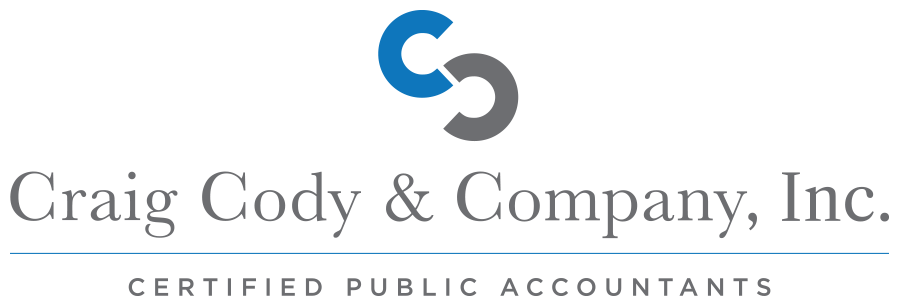The way you price your offerings does more than just determine your revenue — it sends a powerful message about the quality of your work.
This phenomenon, known as the price-quality effect, plays a crucial role in how potential clients perceive and value your services. Understanding and leveraging this effect can be a game-changer for firms looking to position themselves as premium providers in their industry.
Understanding the Price-Quality Effect
The price-quality effect is a psychological principle where consumers use price as an indicator of quality. In essence, people often assume that higher prices correspond to better quality, while lower prices suggest inferior quality. This effect is particularly pronounced in situations where it’s challenging to evaluate quality directly — a common scenario in professional services.
Consider an expensive bottle of wine. Most people will see the higher price tag as an indicator of quality, where a $10 bottle might communicate that it’s low quality or subpar. They might even rate the taste of the more expensive bottle higher, even if both taste nearly identical.
The same logic can be applied to your pricing.
Do you want to be known as a quality service, worth paying extra for? Or would you rather be seen as a budget service that just gets the job done?
The Importance in Professional Services
In the professional services arena, the price-quality effect takes on even greater significance. Unlike tangible products, services — especially high-level consulting, creative work, or specialized expertise — are often difficult for clients to evaluate objectively before purchase. Potential clients may struggle to discern the unique value propositions of different firms, even after thorough research, RFP processes, or initial meetings.
In this context, your pricing becomes a critical signal of your firm’s quality and capabilities. High prices can communicate confidence in your abilities, a track record of success, and a premium service level. Conversely, prices that are too low might suggest lack of experience, lower quality work, or a lack of confidence in your own value.
Avoiding the “Suspiciously Cheap” Trap
For firms, especially those in earlier stages of growth, there’s often a temptation to underprice services to attract clients. However, this strategy can backfire by sending unintended signals about your quality. Being “suspiciously cheap” can deter high-value clients who are looking for top-tier services and are willing to pay for them.
It’s crucial to recognize that by setting your prices too low, you may inadvertently be telling potential clients that you’re not exceptional or world-class. This can be particularly damaging for firms aiming to establish themselves as industry leaders or compete with larger, more established agencies.
Striking the Right Balance
While it’s important to avoid underpricing, setting appropriate prices requires careful consideration.
The goal is to price your services at a level that:
- Reflects the true value you provide
- Signals high quality and expertise
- Aligns with your target market’s expectations
- Allows for healthy profit margins
This doesn’t necessarily mean charging the highest prices in your market. Rather, it’s about finding a sweet spot where your pricing communicates your value proposition effectively while remaining competitive.
Implementing a Value-Based Pricing Strategy
To leverage the price-quality effect effectively, consider implementing a value-based pricing strategy. This approach focuses on the value you deliver to clients rather than on your costs or competitor prices.
It involves:
- Clearly articulating your unique strengths and capabilities
- Demonstrating the tangible and intangible benefits of your services
- Educating clients on the long-term value of choosing a premium provider
- Backing up your pricing with exceptional service delivery
By aligning your pricing with the true value you offer, you can attract clients who appreciate quality and are willing to pay for it.
Conclusion
In the professional services industry, your pricing is more than just a number — it’s a powerful communication tool, and sometimes can speak for itself. The price-quality effect means that your rates send a clear message about the caliber of your work. By understanding this principle and pricing your services accordingly, you can position your firm as a high-quality provider, attract the right clients, and ultimately drive greater success and profitability.
To discover more about optimizing your pricing to match your agency’s unique value proposition, tune in to this episode of The Progressive Agency Podcast to hear more from our guest, Casey Brown.
Newsletter
Subscribe to our Newsletter! Join our mailing list to receive the latest news and updates from our team.

